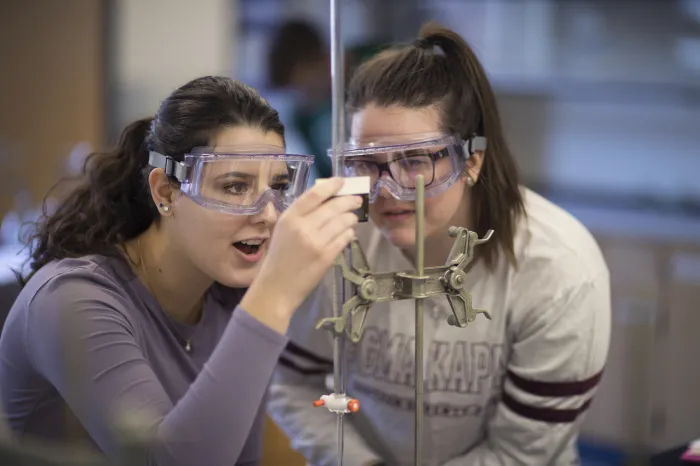
Marietta College ranks 337th nationally in the fourth year of the Wall Street Journal/Times Higher Education survey of 801 U.S. colleges and universities released today.
The ranking uses a set of comprehensive metrics to determine whether a college offers students sufficient resources to succeed, whether students feel challenged and engaged, whether the student body is diverse and international, and whether graduates succeed by paying off their loans and are able to find satisfying, high-paying jobs.
In the Midwest, Marietta is ranked 75th out of 212 schools. Overall, only 801 colleges and universities received a ranking.
Marietta’s best score came in the Engagement category with a score of 78.1 (the worldwide median is 78.8), however, the highest-ranked category was Resources. Marietta is ranked 180th with a strong score of 58.9 (the worldwide median is 44.5). In Outcomes, Marietta scored 37.8 (median is 41.8) and 37.2 in Environment (median is 49.1).
According to WSJ/THE, the rankings aim to address the questions that matter most when choosing a college:
- Does the college have the capacity to effectively deliver teaching?
- Does the college effectively engage with its students?
- Does the college generate good and appropriate outputs?
- Is the college providing a good learning environment for all students?
- Does it make efforts to attract a diverse student body and faculty?
Drawn from 15 calibrated performance indicators, the rankings evaluate: resources (finance and faculty per student; papers per faculty); engagement (student engagement, interaction and recommendation; subject breadth); outcomes (graduation rate, graduate salary, loan repayment and reputation); and environment (international population, student and faculty diversity, and inclusion). Data sources include the Times Higher Education (THE) U.S. Student Survey of 100,000 current U.S. students, and the annual THE Academic Reputation Survey of 10,000 scholars in 133 countries, along with public data on areas including completion rates, graduate employment and loan repayments.